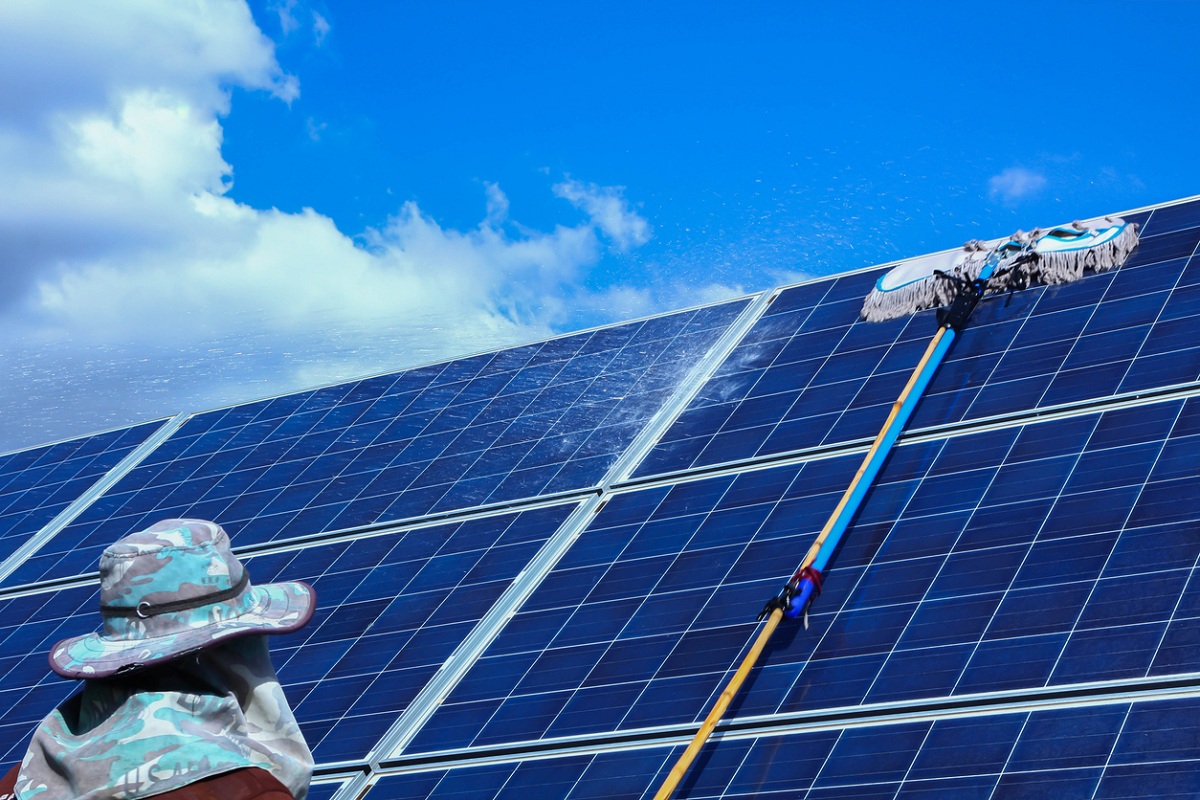India’s addition to solar power capacity jumped by 282 per cent to nearly 15 GW in the first half of 2024, which is the highest-ever half-yearly installation, according to a report by Mercom India Research.
In the second quarter of the calendar year 2024, the country commissioned 5 GW of solar capacity while in the first quarter (January-March) the new capacity that was added surged by as much as 9.9 GW, the report said.
Advertisement
As of June 2024, the country’s installed solar capacity stood at 87.2 GW and accounted for 19.5 per cent of the total energy mix, the report said.
India’s large-scale solar project pipeline stood at 146 GW, with projects totalling another 104 GW tendered and pending auctions as of June, it said.
Meanwhile, average large-scale project costs in the country declined by 2 per cent quarter on quarter and about 26 per cent year-on-year, the report said. Solar panel costs have been on a downtrend in recent years and the fall in costs is expected to continue.
Rajasthan, Gujarat, and Karnataka led the quarterly large-scale solar capacity additions while the top 10 states accounted for 94 per cent of total installations, the report added.
India has emerged as one of the world leaders in Energy Transition and fixed a target of adding 500 GW of renewable energy capacities by 2030, with solar expected to play a major role in achieving this goal.
As of June 30, 2024, the total grid-connected capacity of renewables stood at 148 GW. Of this, the solar power segment accounted for 85 GW, followed by wind power at 47 GW, and biomass at 1.4 GW. The small hydro segment accounted for 5 GW.
Installed solar capacity has increased by 32 times from 2.6 GW in 2014 to 85.5 GW now.
The technology and innovative market mechanisms have been instrumental in bringing overall costs down.
Solar is now the cheapest form of energy but is variable in nature, so India needs deployment of flexible generation sources for better integration of renewable energy, according to Vibhuti Garg, Director of South Asia, Institute for Energy Economics and Financial Analysis (IEEFA).











